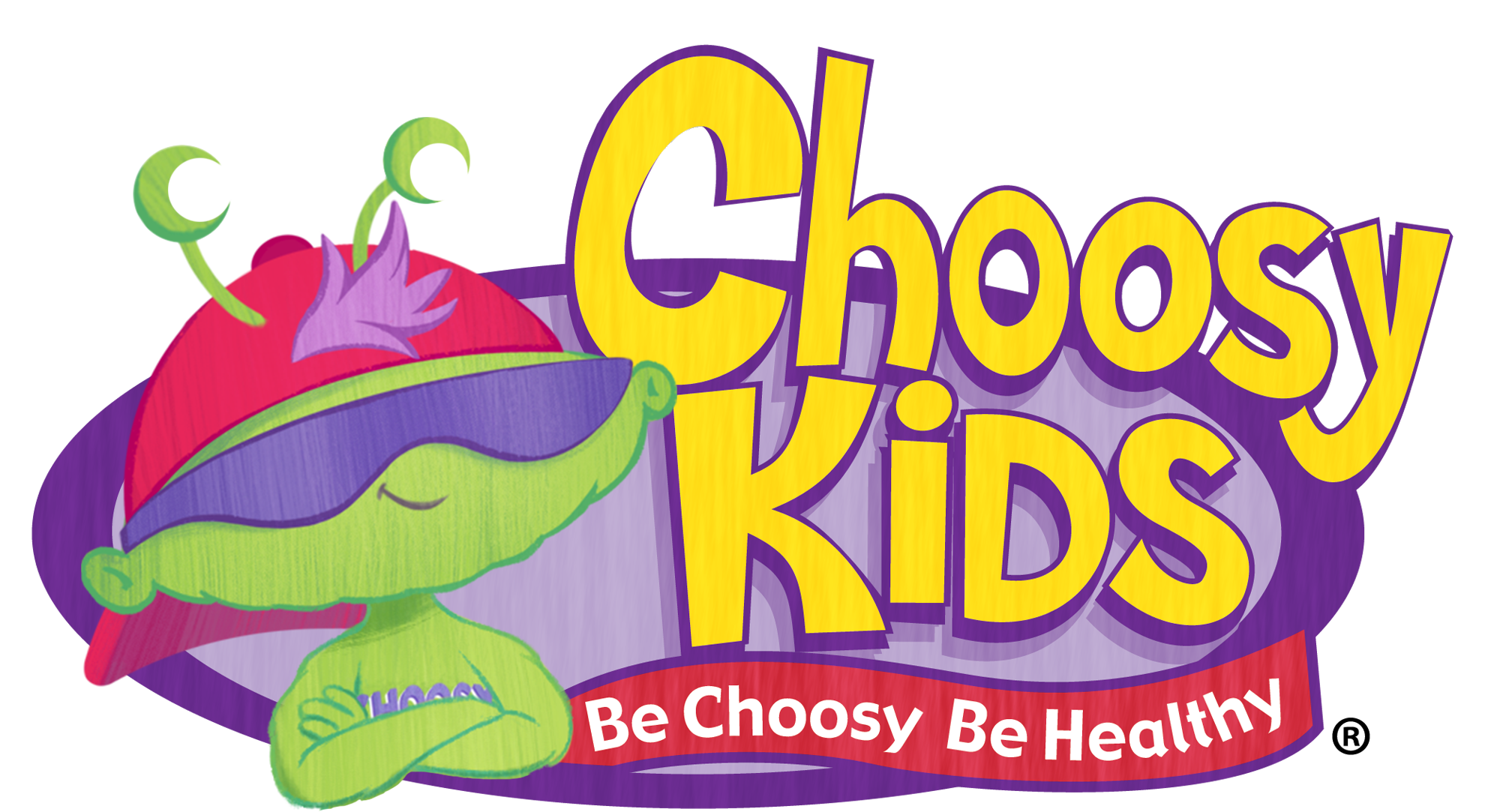
Getting Ready for School with Fine Motor Skills Development
Posted by Christine Cox on

Fine motor skills are actions that generally involve small movements of the hands, wrists, fingers, feet, toes, lips and tongue. These skills are learned and refined as children grow. From infancy, when they find their fingers and toes, and start to swat at and grab toys, to toddlerhood when they learn to hold a crayon and color and turn the pages in a book and kick a ball! Fine motor skills become even more important once children are preschool age as their bodies are getting stronger, their brains are soaking up even more information than ever before, and their energy levels are soaring. These kinds of skills lay the foundation for more coordinated movements, and improve as children get older if they are given the chance for ample practice.
For the purpose of this post, we are going to focus on preschool aged children as development of fine motor skills plays an important role in school readiness. Helping children succeed in learning fine motor skills takes time and patience. But a lot of fine motor tasks can often be practiced with simple things that you have at home or by doing every day, routine tasks.
Use Those Fingers, Hands and Wrists Every Day
Promoting the use of fine motor skills within the wrist, hands and fingers at an early age will help set children up for success when it comes to writing, catch or throw a ball, putting on clothes and shoes, using a spoon and fork and so on. By allowing children to do tasks on their own, you are encouraging their body parts to work together plus build muscle and strength, enabling them to do even more fine motor skills!
Simple everyday tasks that you should encourage your preschooler to practice to help develop fine motor skills in their hands, fingers and wrists include:
- Squeezing the toothpaste tube with one hand while holding their toothbrush in the other. This also helps with hand-eye coordination as they need to get something from one object in one hand, to another object in the other hand.
- Getting dressed. Clothes can be super tricky! When you allow preschool children to try to dress themselves, you are working more than the hands, wrists and fingers since they also need to use their legs, feet and toes. But the important skill here is learning how to do buttons, snaps, zippers and eventually ties! It takes time, a lot of patience, and a lot of practice to master the finishing touches of getting dressed.
- Holding a spoon or fork correctly. Just as children learn to hold a crayon or pencil the correct way, they will also do the same with eating utensils. At an early age, children will most likely hold an eating utensil with a clenched fist. And a lot of food will end up on their face, on the table or even the floor! The trick is building up enough coordination, and muscle strength in their hands, fingers, wrists and even arms to not only correctly hold the utensil, but to get all of the food into their mouths! Start with foods that will easily stick to a spoon like applesauce or mashed potatoes, and foods that are easy to stab with a fork like pancakes or chicken. Encourage children to feed themselves and help them eat by having them hold the utensil and putting it in their own mouths instead of you just feeding them.

Mastering the Skills
To say that the learning never stops is an understatement. There are new things that I try to do with my fingers all of the time (crochet and braiding hair instantly come to mind). I know as children grow older they will be trying out new things. Think about sports. If they decide to play basketball, they will need to refine their hand-eye coordination. And soccer requires foot-eye coordination. As they keep playing these sports, they will combine, refine, and master the skills as a result of the ongoing practice.
Even without sports, children will always still learn new things to do with their hands. Tying shoes is a difficult finger skill for small children to learn, but most everyone eventually masters it! Typing on a computer is another skill that children of this generation will master as they grow older. They will start with typing with one finger and will eventually move to typing with all fingers, placed in the right position on the keyboard, without even looking! And speaking of electronics, touch screens are helping children with fine motor skills. Being able to touch something and make it operate as they want is awesome and empowering for young ones. Watch the excitement in a 1 year old’s eyes as he is able to move an object from one side of the screen to the other with his finger.
We are never too old to learn something new. The learning and mastering of fine motor skills is truly in our everyday lives. Keep those fingers, hands, feet and toes moving daily!
What are some ways that you have helped children learn fine motor skills? Any fun crafts, games, or ideas you have that could help us all?






This blog post is such a helpful guide for parents and educators focusing on fine motor skills development. I love how you’ve prioritized its role in getting kids school ready and provided practical improvement tips. The activities mentioned are simple yet effective at building these essential skills. Thanks for sharing such thoughtful content.